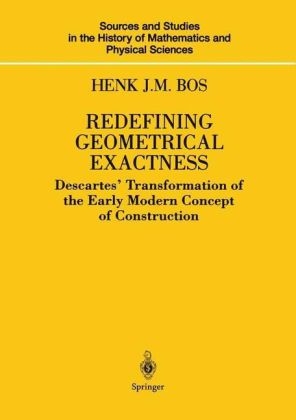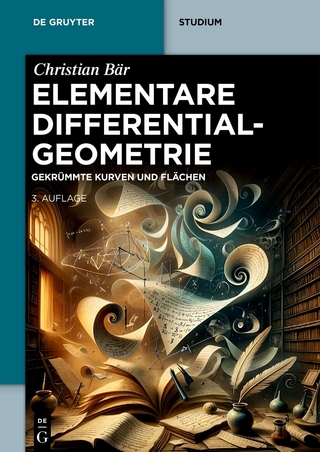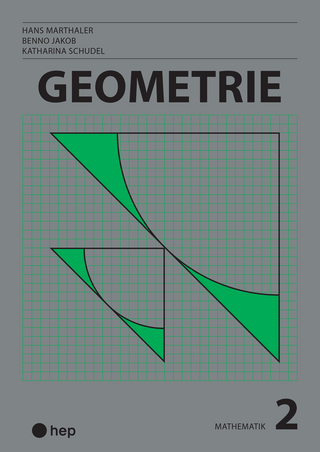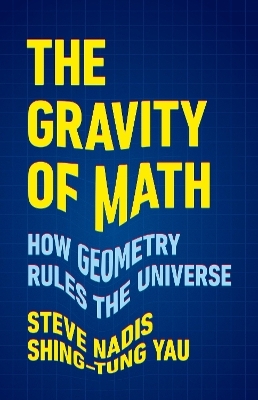
Redefining Geometrical Exactness
Springer-Verlag New York Inc.
978-0-387-95090-7 (ISBN)
- Titel ist leider vergriffen;
keine Neuauflage - Artikel merken
In his "Geometrie" of 1637, Descartes achieved a monumental innovation of mathematical techniques by introducing what is now called analytic geometry. Yet the key question of the book was foundational rather than technical: When are geometrical objects known with such clarity and distinctness as befits the exact science of geometry? Classically, the answer was sought in procedures of geometrical construction, in particular by ruler and compass, but the introduction of new algebraic techniques made these procedures insufficient. In this detailed study, spanning essentially the period from the first printed edition of Pappus' "Collection" (1588, in Latin translation) and Descartes' death in 1650, Bos explores the current ideas about construction and geometrical exactness, noting that by the time Descartes entered the field the incursion of algebraic techniques, combined with an increasing uncertainty about the proper means of geometrical problem solving, had produced a certain impasse.He then analyzes how Descartes transformed geometry by a redefinition of exactness and by a demarcation of geometry's proper subject and procedures in such a way as to incorporate the use of algebraic methods without destroying the true nature of geometry.
Although mathematicians later essentially discarded Descartes' methodological convictions, his influence was profound and pervasive. Bos' insistence on the foundational aspects of the 'Geometrie' provides new insights both in the genesis of Descartes' masterpiece and in its significance for the development of the conceptions of mathematical exactness.
Preface. 1. General introduction. 2. The legitimization of geometrical procedures before 1590. 3. 1588: Pappus' "Collection." 4. The early modern tradition of geometrical problem solving; survey and examples. 5. Early modern methods of analysis. 6. Arithmetic, geometry, algebra and analysis. 7 Using numbers in geometry - Regiomontanus and Stevin. 8. Using algebra - Viete's analysis. 9. Clavius. 10. Viete. 11. Kepler. 12. Molther. 13. Fermat. 14. Geometrical problem solving - the state of the art c. 1635. 15. Introduction to Part II. 16. Construction and the interpretation of exactness in Descartes'studies of c. 1619. 17. Descartes'general construction of solid problems c.1625. 18. Problem solving and construction in the "Rules for the direction of the mind" (c. 1628). 19. Descartes' first studies of Pappus' problem (early 1632). 20. The Geometry, introduction and survey. 21. Algebraic operations in geometry. 22. The use of algebra in solving plane and indeterminate problems. 23. Descartes'solution of Pappus' problem. 24. Curves and the demarcation of geometry in the "Geometry." 25. Simplicity and the classification of curves. 26. The canon of geometrical construction. 27. The theory of Equations in the "Geometry." 28. Conclusion of Part II. 29. Epilogue.
| Erscheint lt. Verlag | 1.1.2001 |
|---|---|
| Reihe/Serie | Sources and Studies in the History of Mathematics and Physical Sciences |
| Zusatzinfo | 95 black & white illustrations, 16 black & white tables, 95 black & white line drawings |
| Verlagsort | New York, NY |
| Sprache | englisch |
| Maße | 156 x 234 mm |
| Gewicht | 980 g |
| Einbandart | gebunden |
| Themenwelt | Mathematik / Informatik ► Mathematik ► Geometrie / Topologie |
| Mathematik / Informatik ► Mathematik ► Geschichte der Mathematik | |
| ISBN-10 | 0-387-95090-7 / 0387950907 |
| ISBN-13 | 978-0-387-95090-7 / 9780387950907 |
| Zustand | Neuware |
| Informationen gemäß Produktsicherheitsverordnung (GPSR) | |
| Haben Sie eine Frage zum Produkt? |
aus dem Bereich


